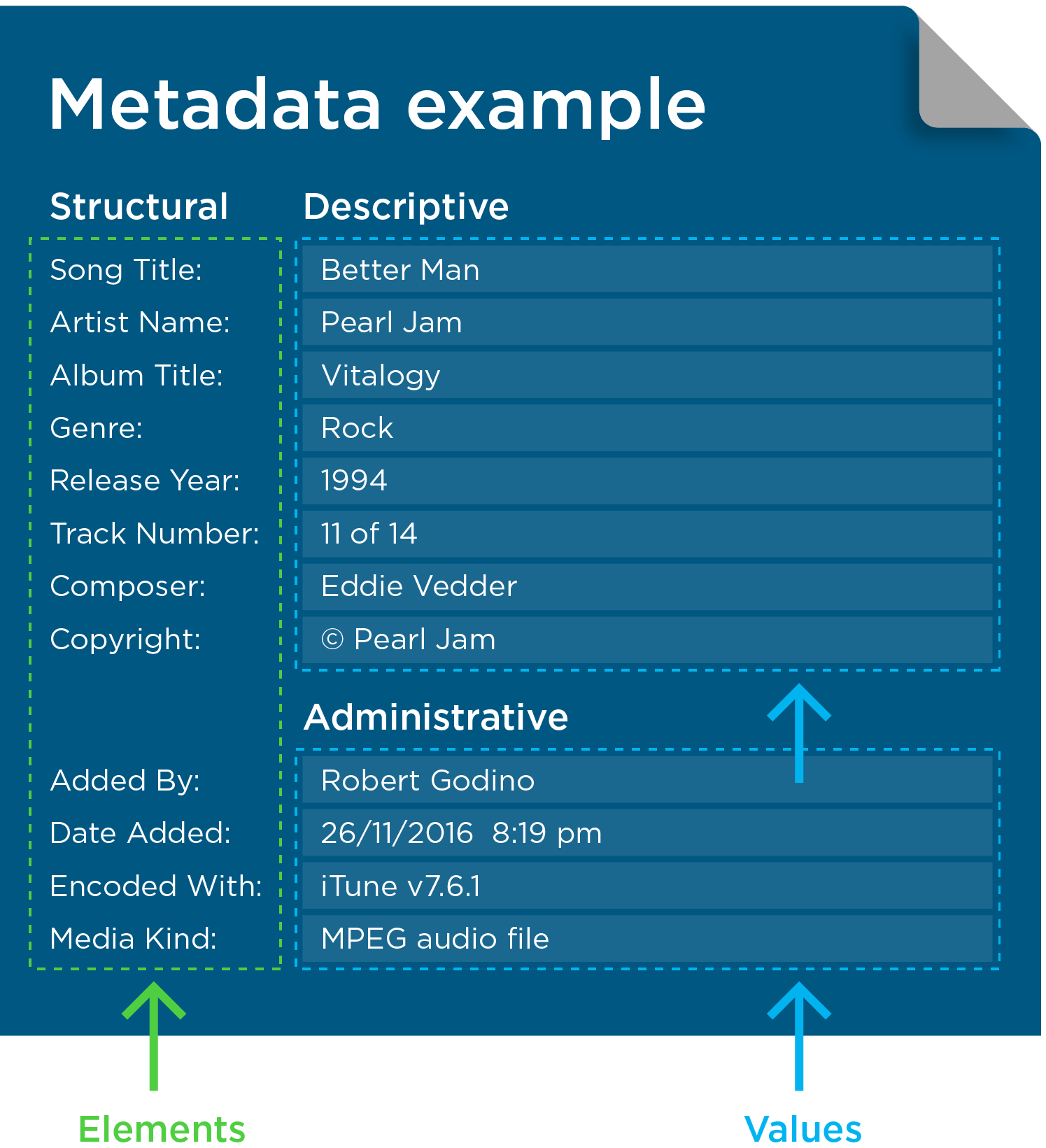
However, once I started using EditReady (and comparing it to Adobe Media Encoder, which is what I normally use for all of my encoding), what I found was pretty impressive. I used a single 57 second h.264 clip shot on my Canon 60D to conduct my test.
Set metadata for all editready reel name full#
The original clip was full HD, and the original file size was 274MB. 54 Seconds for ProRes 422 HQ - Clip Size: 1.28GB.36 Seconds for ProRes 422 - Clip Size: 799MB.27 Seconds for ProRes 422 LT - Clip Size: 499MB.1 Minute, 7 Seconds for ProRes 422 HQ - Clip Size: 1.11GB.58 Seconds for ProRes 422 - Clip Size 784MB.50 Seconds for ProRes 422 LT - Clip Size: 432MB.Here are my results as I encoded the clip into 3 different flavors of ProRes in both EditReady and Media Encoder: SET METADATA FOR ALL EDITREADY REEL NAME FULL Obviously, this is an incredibly simple test, and it has its limitations in terms of really putting the performance of both softwares to the test. However, I ran the clip through this test twice to make sure that the results were accurate, and sure enough, they were exactly the same the second time around. Other than EditReady being faster than Media Encoder (and way more intuitive to use), it seemed to strain my computer less during the encoding process than did Media Encoder.

Of course, that's just subjective observation as I wasn't measuring CPU or RAM usage during the encoding. With that said, I felt like I could multitask with other programs while EditReady was encoding. The same cannot be said of Media Encoder, which seemingly turns the computer into a giant paperweight while the program is encoding.

SET METADATA FOR ALL EDITREADY REEL NAME PRO.SET METADATA FOR ALL EDITREADY REEL NAME FULL.


 0 kommentar(er)
0 kommentar(er)
